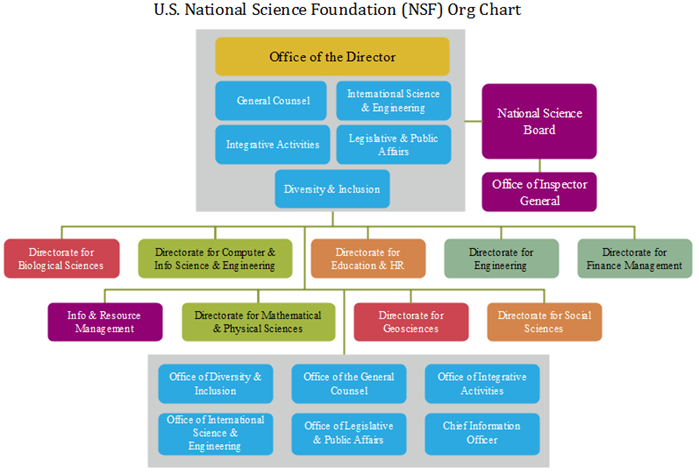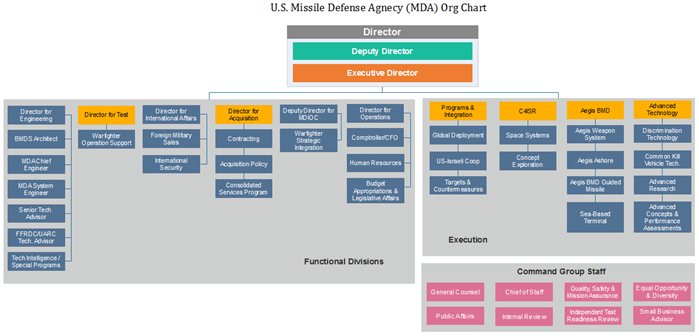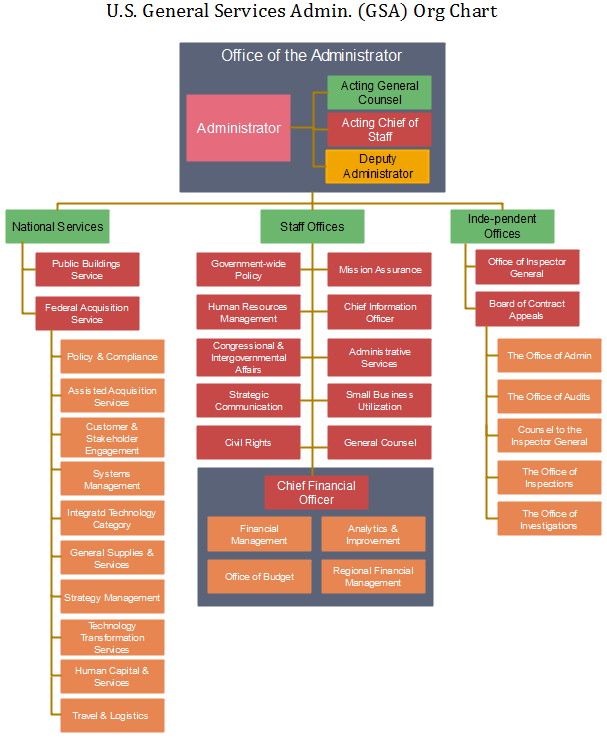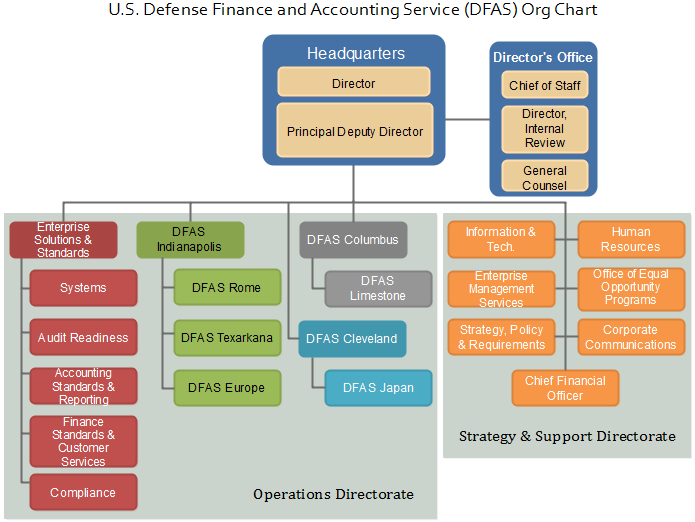What Is a Flat Org Chart?
The flat type organizational structure, which is also called as the self-managed type, only has a few levels of management between general staff and managers. In other words, you would probably see a large number of employees or interns supervised by every single executive. Therefore, in such cases, department leaders in a flat org chart usually have more responsibility than a manager in a traditional hierarchical org chart. Moreover, the main purpose of the flat organizational structure is to empower employee.
Flat Org Framework Main Advantages
- Reduce unnecessary layers of the managers in order to improve the coordination and productivity.
- A quicker decision-making process among team members than those companies who have overloaded management positions.
- Practice personal leadership in an ever more open and free working environment.
What Are Hierarchical Organizations
The hierarchical org chart is one of the three dominant org chart categories (the other two are flat and matrix types). It is a kind of org chart that mainly shows the subordinated relationship with every single sub-department to the top entity. Normally, hierarchical organizations can be used in public sectors, business enterprises, or some other non-profit organizations.
Hierarchical Organizations for Business Uses
Large-scale Enterprises
The majority of firms in the world follow a pattern of the hierarchical framework. Feel free to check the IBM org chart below for an overall glance of the company. Usually, such hierarchical organizations may have a Board of Directors, many departments with a series of subdivisions, or a separate and independent department for more purposes, like advanced research and development projects.
NSF org chart shows the institutional structure of the U.S. National Science Foundation. It is an independent federal government agency established several decades ago. NSF works on a wide range of science topics, such as the development of national health, the research program about social science, mathematics, computer science and so on. So far, the agency has supported a large number of American academic institutions. Feel free to see the details of the agency by clicking on the NSF org chart below:
The MDA org chart refers to the Missile Defense Agency of the American government. It is part of the Department of Defense (DoD). MDA is mainly responsible for the development of several ballistic missile defenses (BMD) systems. Besides, MDA continues to support basic research in physics, advanced materials, and many other sciences and engineering topics. Feel free to click on the MDA org chart below for more info.
GSA org chart refers to the organizational structure of the American General Services Administration. It is an independent agency with a history of several decades. The main duty of GSA is to assist the basic management issues for the U.S. agencies, such as improving communications and developing federal policies. Key goals of the organization are to offer the best solution for real estate, acquisition, and technology sectors in the U.S.A. You can check an example of the GSA org chart below.
Organizational chart, or usually be called as ‘org chart‘ in short, is a kind of diagram to show the overall structure of an organization. Such diagram is widely used in business from startups to large-scale enterprise. Besides, the non-profit org chart mainly refers to those institutions in public sectors. Here we gonna check out some public sector org chart examples. You can click on any of the sub-titles and diagrams for more insights.
Public Sector Org Chart for U.S. State Department
The State Department is the leading federal division within the American government. Main duties of the Department is to offer advice to the U.S. President for international issues and affairs and builds a good relationship with overseas agencies and foreign nations.
A DTRA org chart usually refers to the American Defense Threat Reduction Agency, which belongs to the U.S. Department of Defense (DoD). The Agency focuses on the weapons of mass destruction (CWMD), the reduction of threat and technology development. The Research & Development sub-department contains the majority of DTRA programs, like chemical biological subjects, science data analysis, Test Science Technology and so on. Besides, DTRA assists the Secretary of Defense for different science programs. You can see a current version of the DTRA org chart example as below.
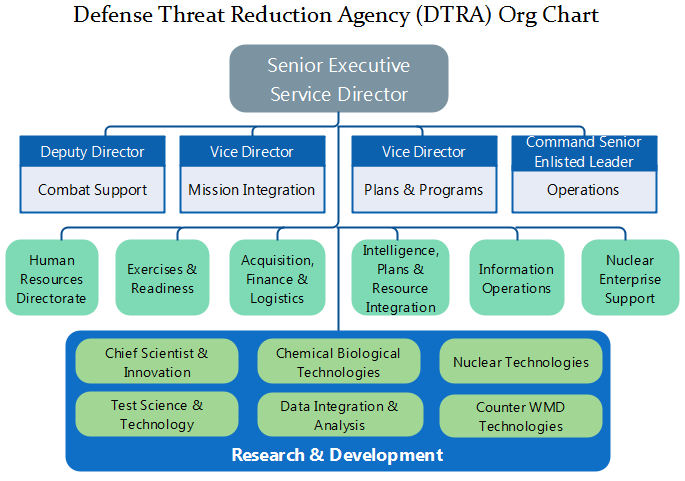
The TSA org chart shows the overall organizational structure for the U.S. Transportation Security Administration. TSA belongs to one of the federal agencies of the U.S. Department of Homeland Security (DHS). The main duty of TSA is to monitor and manage any national security issues regarding air travel in the U.S. The Administration has some important authority to carry out programs and actions in airports, on planes and some other public areas. Here is a diagram of the TSA org chart.
What Is the DISA Org Chart?
The DISA org chart refers to the organizational framework of the Defense Information Systems Agency. It belongs to the United States Department of Defense (DoD). Normally, DISA offers assistance for the issues of information technology (IT) and communications to the U.S. President Office, the military department, and any federal divisions and agencies relevant to the defense of the United States. You can see more details about the DISA org chart as below.
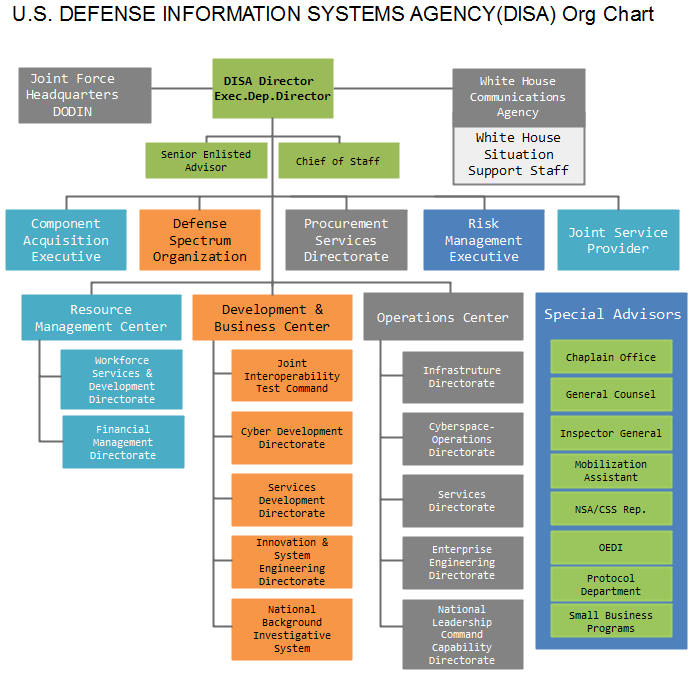
A DFAS org chart represents the overall structure of the American Defense Finance and Accounting Department. It is an organization with diverse staff background to offer both the payroll and accounting services for the U.S. Department of Defense (DoD). Some other federal agencies and institutions also benefit from DFAS. Normally, DFAS Officers monitors complex and large-scale projects in order to provide the best solution for the American taxpayer. Here is an example diagram of the DFAS org chart.

